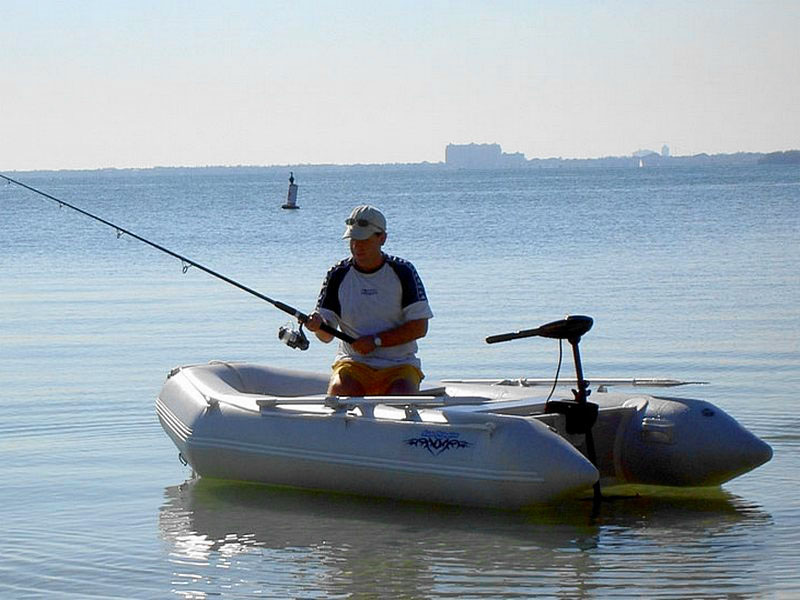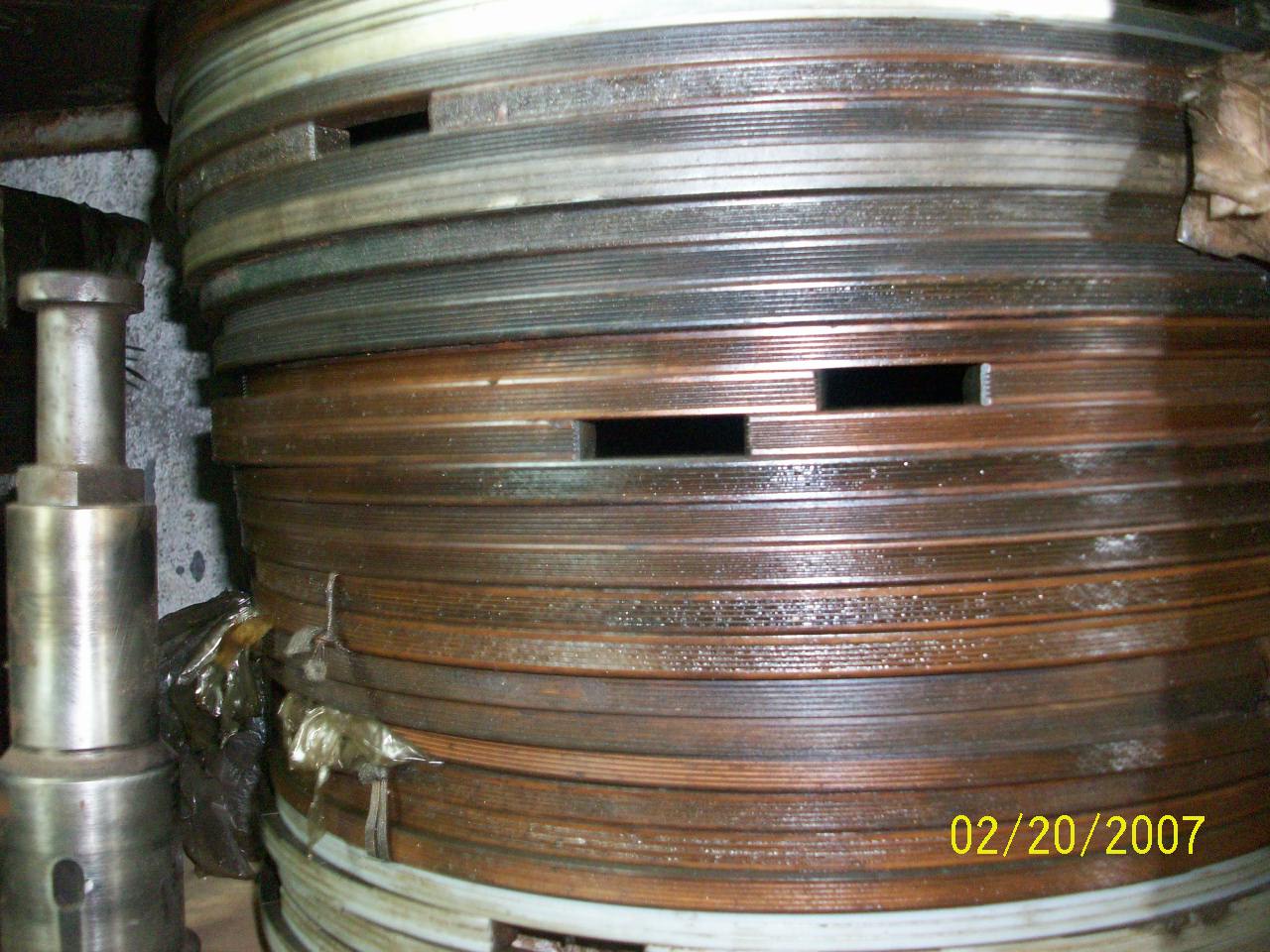
When you’re going out on your boat and setting off for a day on the water, there is really nothing better than not having to fiddle around with a petrol motor and to bother with the noise and possible hassle. The electric outboard motor is a brilliant innovation, and possibly one of the most soothing when it comes to boat propulsion, certainly.
Petrol or Electricity?
When you’re getting out on your boat you do have options – sometimes it’s more optimal to run with a petrol motor for various reasons, but we’re going to take a look at some of the major benefits of using an electric outboard motor.

Wattage of Electric Boat Engines
Most electric motors will be found to have from 0.5 through to 4 kW of DC (direct current) electric motor power, and this is driven along at anywhere from 12 through to 60 volts DC. The electric motor system has a propeller which is affixed directly to the motor itself. This in turn is then mounted in a unit which is under the water, and is lower than the motor. With a set up like this you have a limited power output.
Technical Improvements
Of late however, there have been innovations and increased focus on powering electric outboard motors with an alternative current, or AC, or DC current in the power head. This development has made the electric motor more like the more conventional petrol engine.
When you have a set up like this, you’re going to see that your electric outboard motor is going to be able to put out 10 kW or more of power. When you’re getting this kind of output you can safely say that this kind of electric motor is going to be able to compete just fine against a petrol engine of 15 horse power (HP) or even more.
Advantages of Asynchronous Motor
The major benefit of the induction (or asynchronous) motor is that the power is transferred to the rotor device by electromagnetic induction. Another key benefit of an electric motor is that because they don’t use permanent magnets, you’ll find that they don’t need as much maintenance and are able to grab on to more torque at a far lower RPM.
Key advantages of the electric outboard motor include:
- Lower maintenance costs overall
- Significantly lower noise and noise pollution
- And emission free operation on the whole
There are, of course, going to be some disadvantages, so let’s take a look at those now. You’ll find with an electric motor that there is limited range owing to the hefty weight and oftentimes, size, of the battery that is required to drive the motor. In use today you will find that there are several battery types, and that they have varying power-to-ratios:
- If you’re going to be using a lead-acid battery you’ll find that they have low specific energy, usually between 33 to 42 Wh / kg, and when they are discharged quickly they can lose up to 40% of their capacity and when they’re discharged fully within an hour they can lose all of their charge but a benefit is that these batteries are very cheap.
- If you’re using a nickel-cadmium battery you’ll find that they have a specific energy of 40 to 60 Wh/kg. That said, these batteries are rarely used today because of environmental concerns and strong memory effects.
- A nickel-metal hydride battery has a very specific energy – between 60 to 120 Wh/kg and they are found to contain no cadmium or mercury. These batteries have a relatively low level of self-discharge and are found to have almost no memory effect. This battery is a great compromise between price and technology.
Your electric outboard motor costs two to three times what a four stroke petrol motor will cost but overall your operation costs are going to be lower every time.
Electric Boat Engines Are Amazing,






